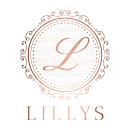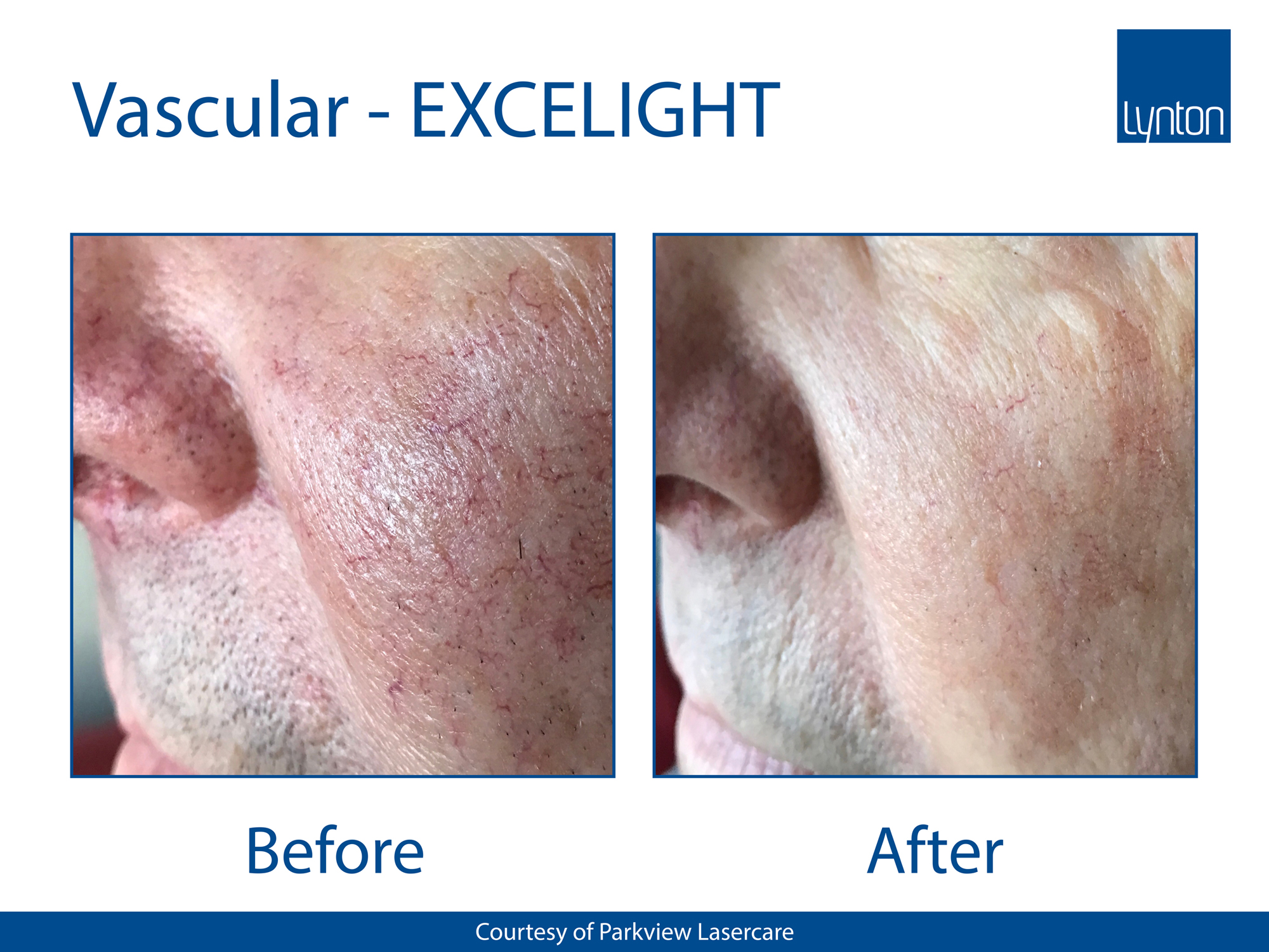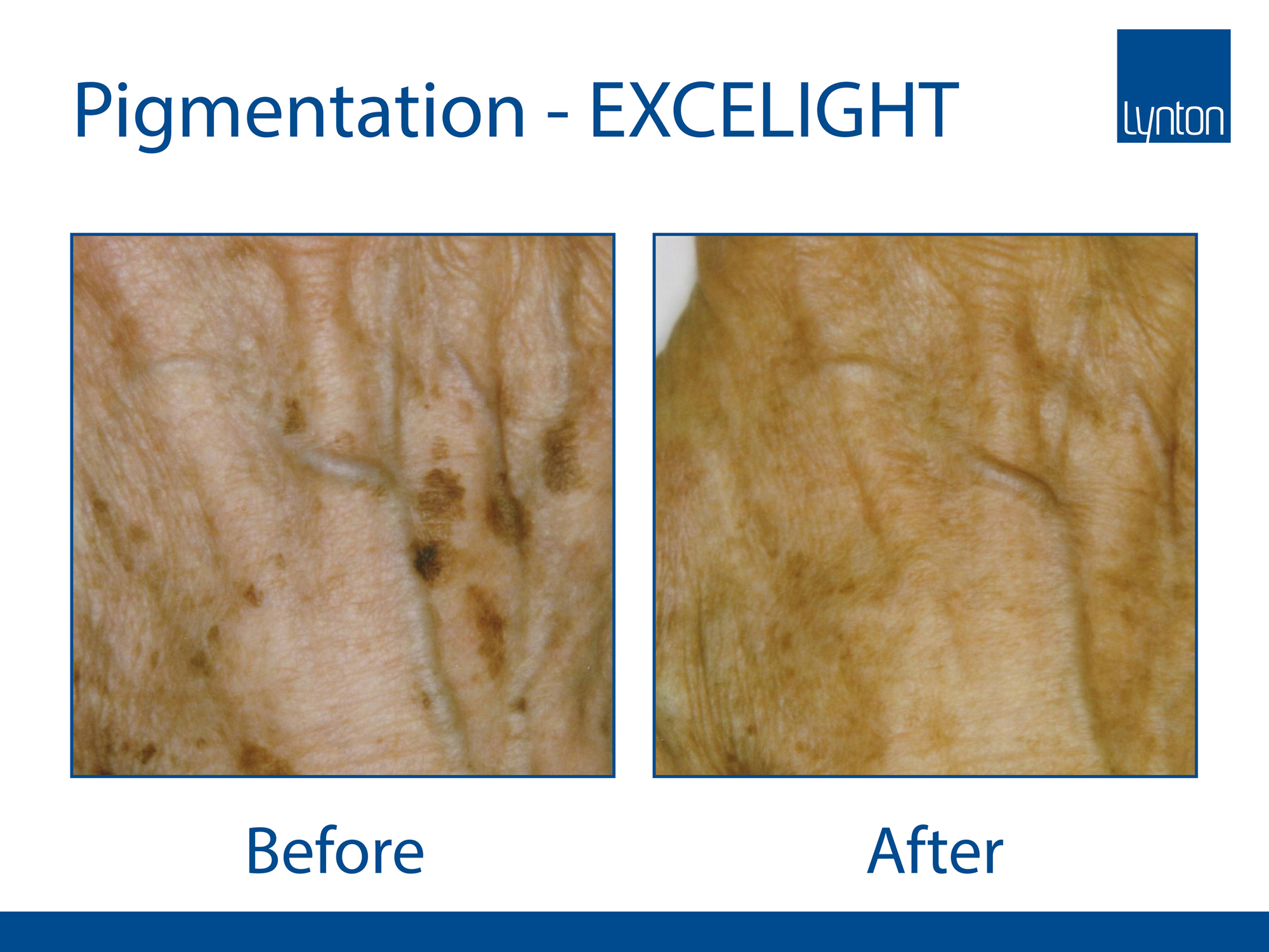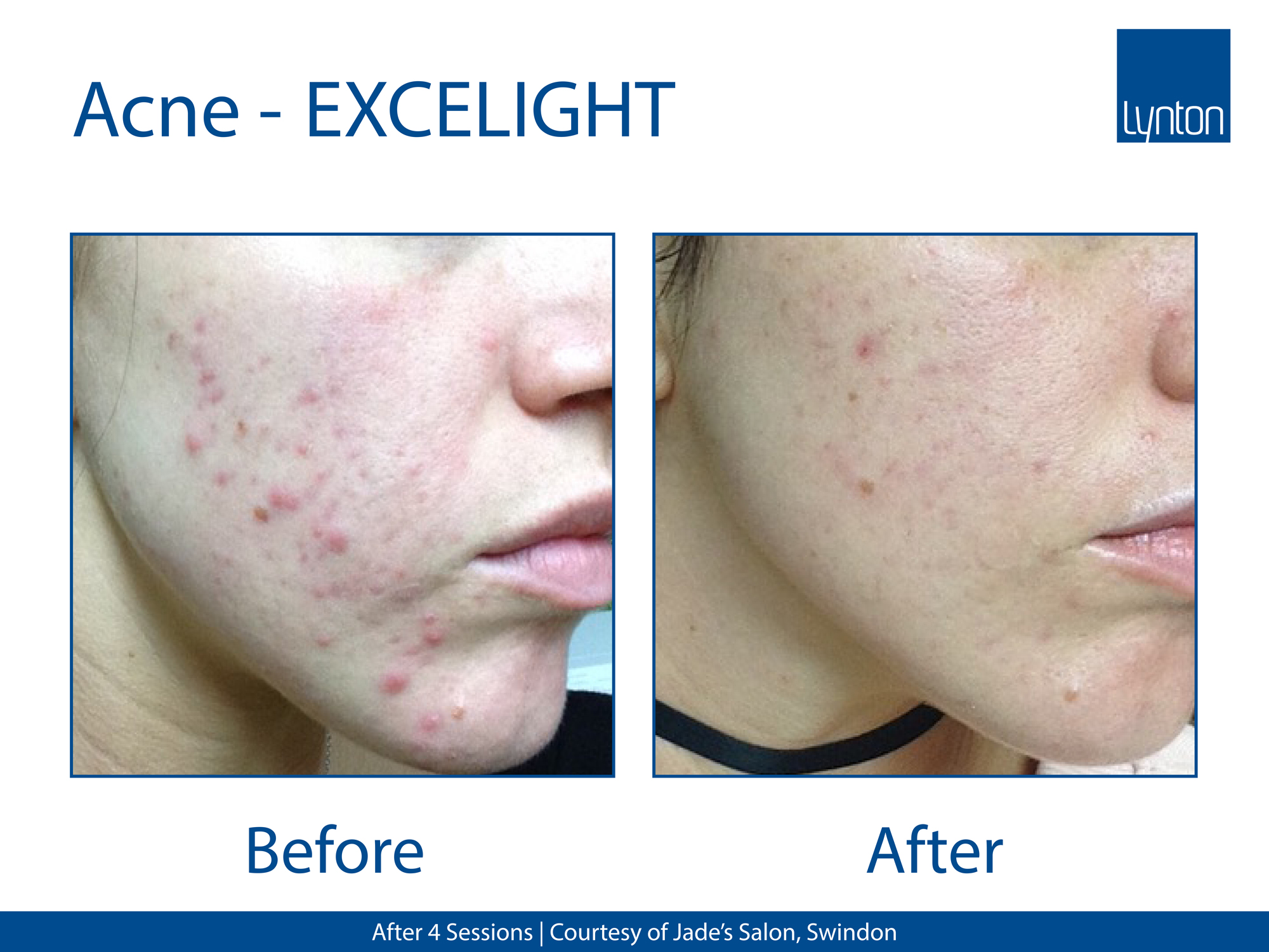IPL Skin Treatments
At Lilly’s we can effectively treat a range of conditions with our EXCELIGHT IPL (Intense Pulse Light) system.
We offer successful treatments for
WHY CHOOSE US?
Partnering with the UK’s No.1 laser & IPL manufacturer and leading NHS supplier, Lynton , all Lilly’s staff have undertaken extensive theory and practical based training to help ensure all their clients receive the safest treatment possible, alongside unrivalled clinical results.
Lynton have over 23 years’ experience manufacturing a broad range of aesthetic technologies and have won multiple awards for the quality, safety and clinical results achievable with their equipment.

Skin Conditions
VASCULAR CONDITIONS
Treatment is suitable for you if you want to:
• Reduce overall facial redness and reduce blushing
• Be rid of embarrassing broken veins or red spots
• Have clearer, brighter, fresher looking skin
• Suitable for face, neck and chest
PIGMENTATION
Treatment is suitable for you if:
• You want a more even skin tone
• You want to reduce areas of excess freckling
• You want to target a specific age spot
ACNE
You don’t have to let acne affect your confidence!
Lilly’s offers a range of successful acne treatments to leave your skin clear and blemish free. Acne can be effectively treated with Intense Pulsed Light alone or in combination with other clinical treatments. Intense Pulsed Light treatments greatly reduce the number and severity of active lesions, lessening the inflammation and frequency of break-outs.









